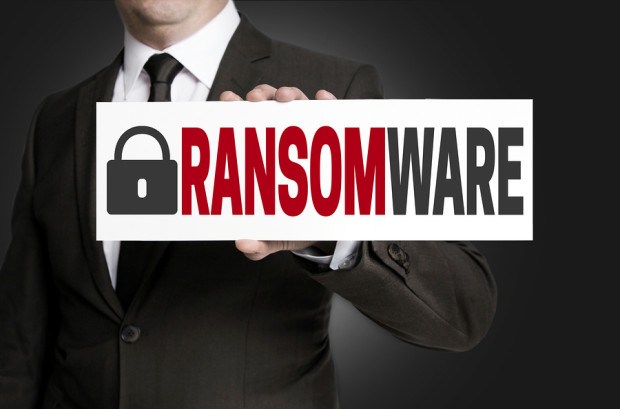 Specialty insurer Beazley, which offers data breach response insurance, said its specialized breach response unit saw ransomware attacks quadruple in 2016 and the insurer projects they will double again in 2017.
Specialty insurer Beazley, which offers data breach response insurance, said its specialized breach response unit saw ransomware attacks quadruple in 2016 and the insurer projects they will double again in 2017.
Nearly half of these attacks occurred in the healthcare sector, according to the Beazley Breach Insights – January 2017 findings.
The Beazley Breach Response (BBR) Services unit found that organizations appear to be particularly vulnerable to attacks during IT system freezes, at the end of financial quarters and during busy shopping periods.
“The threat from ransomware is not only growing, but evolving to allow hackers to target vulnerable organizations and their most valuable data files and adjust ransom demands accordingly,” said Katherine Keefe, global head of BBR Services. “The sustained increase in these threats in 2016 indicates that even more organizations will be attacked in 2017 and need to have incident response plans in place before they get a ransomware demand.”
Beazley’s BBR Services division managed 1,943 data breaches on behalf of clients in 2016 compared to 1,247 breaches in 2015.
Evolving ransomware variants enable hackers to methodically investigate a company’s system, selectively lock the most critical files, and demand higher ransoms to get the most valuable files unencrypted, according to Beazley’s team.
Analysis of breaches handled by Beazley in 2016 revealed:
- Ransomware keeps rising:Ransomware attacks were over four times higher in 2016 than in 2015. The ease and effectiveness of these attacks portend an even larger increase in 2017 with Beazley projecting these attacks to double again in 2017.
- Unintended disclosure is a real problem:The proliferation of criminals looking to profit from confidential information has made formerly minor mistakes much more dangerous. Unintended disclosure, most often emails or faxes sent to the wrong recipient, increased to 32 percent of all breaches in 2016, up from 24 percent in 2015.
- Financial institutions see more hacking attacks:Hacks and malware accounted for 40 percent of financial institution data breaches in 2016, up from 27 percent in 2015. Unintended disclosure – mainly caused by misdirected emails – was also up, rising to 28 percent of breaches in 2016 from 24% in 2015.
- Higher education hacks are increasing:Hacks and malware accounted for nearly half of higher education data breaches in 2016 (45 percent), up from 35 percent of breaches in 2015. Unintended disclosures caused 28 percent of breaches in 2016, up from 22% in 2015.
- Healthcare mix ups drive breach exposures:Unintended disclosure – misdirected faxes and emails or the improper release of discharge papers – led to 40 percent of breaches in the healthcare industry in 2016, up from 30 percent in 2015. In a sign that the industry might be improving defenses, hacks and malware accounted for only 19 percent of breaches in 2016, down from 27 percent in 2015.





















 NOAA Announces Latest AI-Driven Global Weather Models
NOAA Announces Latest AI-Driven Global Weather Models  Why ‘Good Enough’ Is Killing Insurance: The Hidden Cost of Satisficing
Why ‘Good Enough’ Is Killing Insurance: The Hidden Cost of Satisficing  Insurance Costs, Climate Concerns Factor Heavily in U.S. Home Buying Decisions
Insurance Costs, Climate Concerns Factor Heavily in U.S. Home Buying Decisions 



